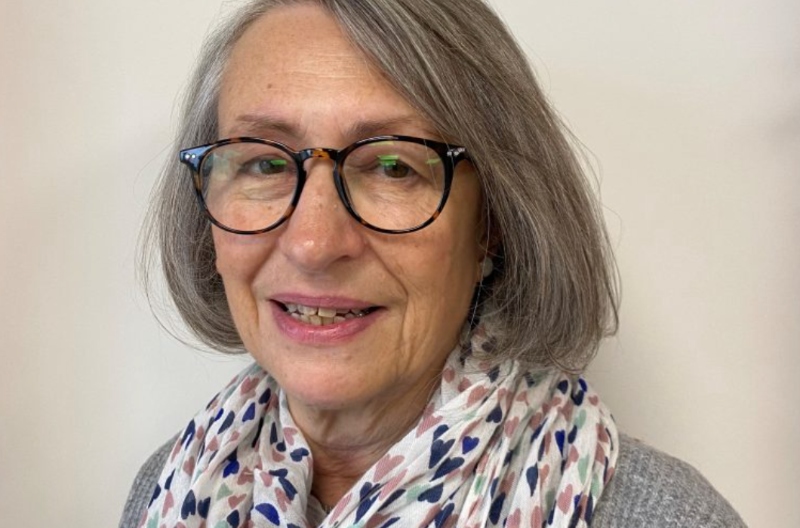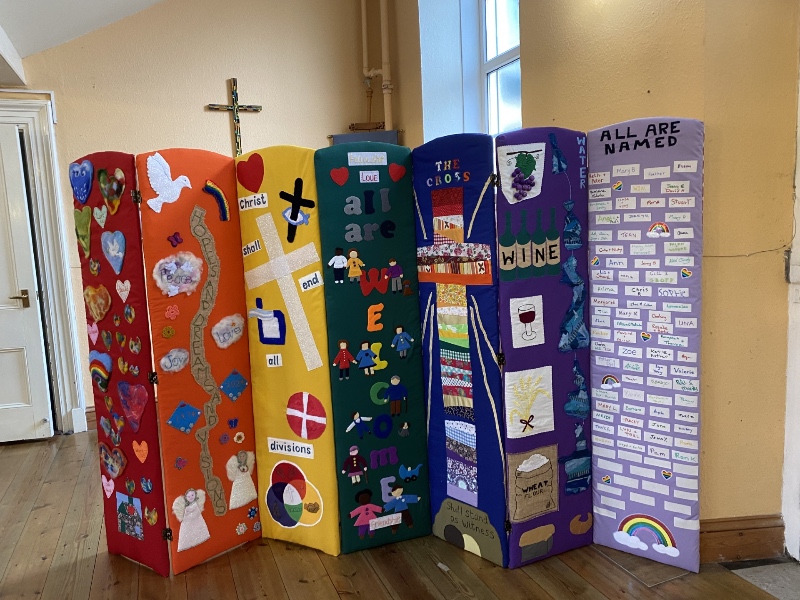'Here the love of Christ shall end divisions'
The Revd Dr Alison Evans reflects on the 50th anniversary of a Local Ecumenical Partnership which has brought together Baptists, Methodists and the United Reformed Church
 On the last Sunday in September this year, Christ Church, Nailsworth in Gloucestershire which is the church I attend, celebrated a significant anniversary. It is 50 years since the Methodists in Nailsworth joined the united church which in 1967 had already brought together the Baptists and Congregationalists in the town.
On the last Sunday in September this year, Christ Church, Nailsworth in Gloucestershire which is the church I attend, celebrated a significant anniversary. It is 50 years since the Methodists in Nailsworth joined the united church which in 1967 had already brought together the Baptists and Congregationalists in the town.
The church’s roots actually date long before 1967 – right back to 1662 in fact, when dissenters met in secret in a clearing called Colliers Wood in the nearby forest. The first church (Independent) was built in 1687 and called Forest Green. There was a split in 1705 over infant baptism and eventually a Baptist chapel was built in 1715 at Shortwood. This building was enlarged before eventually being moved stone by stone to a site nearer the centre of Nailsworth in 1881.
After much prayer and discussion it was decided to bring the two churches back together as one in 1967 to form Christ Church. The Nailsworth Methodist Church joined in 1974. Since its formation the church has had ministers from each of the three denominations.
The creation of Christ Church predated the formal creation of Local Ecumenical Projects (later changed to Local Ecumenical Partnerships) in the 1970s but for many years it has been known as an LEP (Baptist, Methodist, URC).
What led the members of Forest Green Congregational Church and Shortwood Baptist Church to come together was probably necessity, in that both chapels were beginning to show signs of decline, combined with the conviction that the differences between the two congregations were so small as to make their separation a nonsense.
They had been one congregation in the past and talks had begun as early as the 1930s to bring the two churches back together, though it didn’t come about for another 30 years.
Their belief was that together they would be a more effective worshipping community, better able to serve the town and witness to Christ in the community and in the wider world.
And indeed, this has been the case. For the past 50 years, Christ Church has brought the three church traditions together and has always sought to uphold the best elements of the partner denominations in its worship, life and witness.
Members are (sometimes) aware of the denominational identity of their fellow congregants but most of the time this is unimportant because what counts is being a member of that congregation.
The service on 29 September was not only about looking back to the past but about looking forward to the future. A newly refurbished folding screen was unveiled, decorated with panels illustrating themes from the hymn Let us build a house by Marty Haugen which reflect the vision for the ongoing life of the church.
Since Christ Church was formed, church life in the UK has changed out of all recognition and LEPs are only part of the broad spectrum of ecumenical co-working in this country today.
However, as this congregation has demonstrated for over 50 years, Christians of multiple traditions can come together and yet still retain their differences of approach to certain matters of doctrine and practice.
One of the panels in the Church’s new screen shows the Baptist, Methodist and URC logos entwined with the line from the hymn here the love of Christ shall end divisions (see below).

This has demonstrably been true for Christ Church, Nailsworth and can be true wherever Christians intentionally seek to engage, pray and work together for the coming of the kingdom of God in their own context.
The Revd Dr Alison Evans is a retired Baptist minister. She worked for many years as the Gloucestershire County Ecumenical Officer and was for a time a member of the CTE Enabling Group. She is the secretary of the Society for Ecumenical Studies.
This article originally appeared on the Churches Together in England website, and is republished with permission
Baptist Times, 22/10/2024